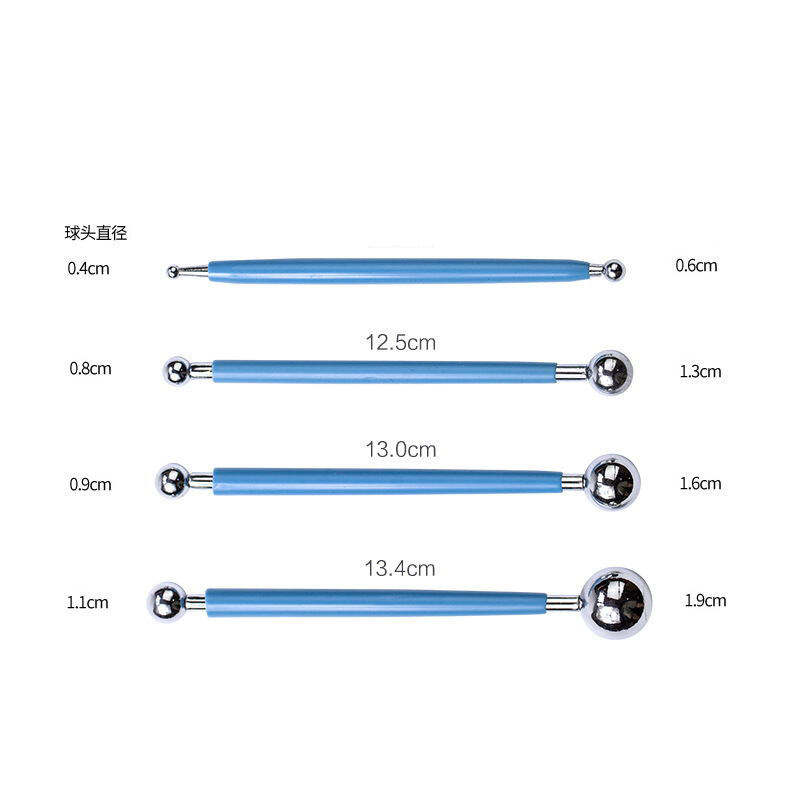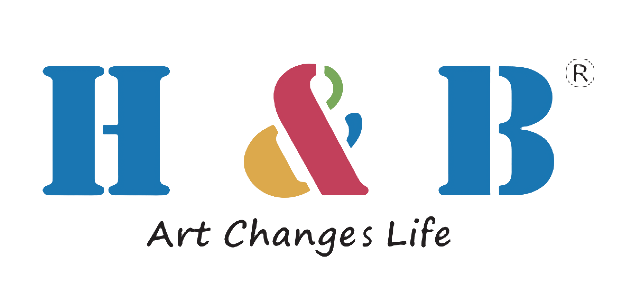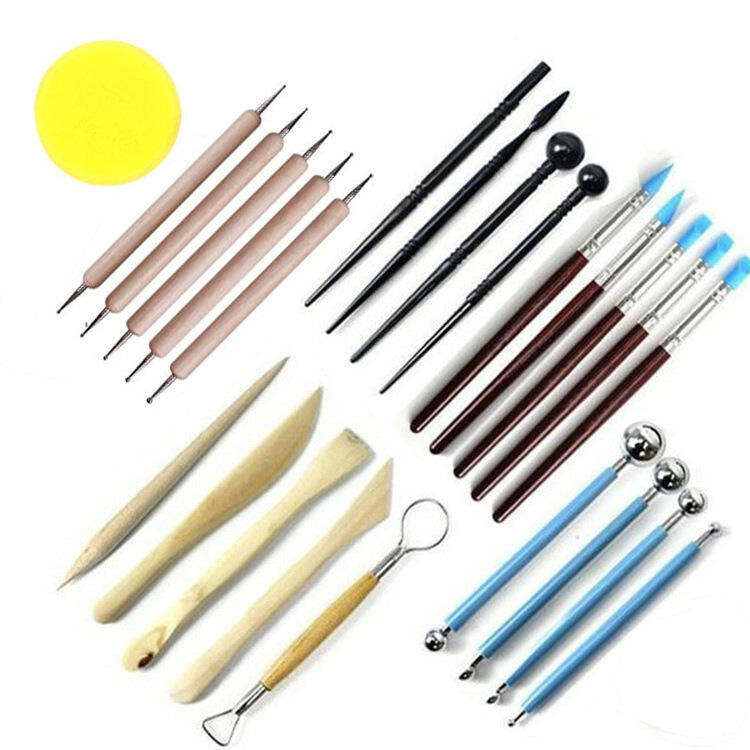The Essential Toolkit for Mastering Clay Details
Creating intricate details in clay work often separates amateur projects from professional-quality pieces, yet many artists struggle needlessly with basic techniques. The secret to achieving crisp lines, delicate textures, and refined forms frequently lies not in innate talent but in having the proper specialized tools for each task. Professional ceramic artists and sculptors rely on an arsenal of purpose-built instruments that make detailed work efficient and enjoyable. From ultra-fine trimming tools to specialized shaping ribs, the right equipment can transform frustrating struggles into smooth creative processes. Understanding which tools serve specific detailing purposes allows clay artists to build collections that address their unique working styles and project requirements. Investing in quality tools designed for precision work often yields immediate improvements in control, consistency, and final results.
Precision Carving and Cutting Tools
Needle Tools for Fine Detailing
A sharp needle tool ranks among the most versatile instruments for adding intricate details to clay surfaces. These simple but essential tools allow artists to etch fine lines, create texture patterns, and mark precise placement guides. Quality needle tools feature comfortable handles that provide control during delicate work and stainless steel points that resist corrosion. Different gauge needles serve varied purposes - finer points for detailed scoring and heavier gauges for deeper impressions. Many clay artists keep multiple needle tools handy, each dedicated to specific types of mark-making. The ability to make surgical-level precise marks makes needle tools indispensable for creating facial features, botanical details, or geometric patterns.
Specialty Blades for Clean Cuts
An assortment of specialized blades helps artists achieve different edge qualities in their clay work. Thin, flexible metal blades create smooth, controlled cuts for separating pieces or trimming excess clay. Serrated blades excel at texturing surfaces or creating intentional ragged edges for organic effects. Small loop tools with sharp wire ends allow for scooping out precise amounts of clay when refining shapes. Angled blades provide access to hard-to-reach areas when working on three-dimensional forms. Keeping blades properly sharpened ensures clean cuts that don't drag or distort the clay surface. The right blade selection prevents the frustration of torn edges or unintended marks that can ruin carefully planned details.
Surface Refinement Instruments
Rubber-Tipped Shaping Tools
Rubber-tipped tools offer gentle yet effective shaping capabilities for smoothing curves and blending seams. These tools come in various hardness levels - firmer rubber for stronger pressure applications and softer varieties for delicate surface work. Dual-ended tools with different shaped rubber tips provide multiple functions in one instrument. Artists use rubber tools to seamlessly join clay pieces without leaving tool marks or fingerprints. The slight flexibility of quality rubber tools allows for following organic contours when refining animal sculptures or figurative work. Unlike metal tools, rubber tips won't accidentally cut into surfaces while blending or smoothing.
Metal Ribs for Perfect Surfaces
Stainless steel ribs in assorted shapes help create flawless flat and curved surfaces on clay pieces. Flexible metal ribs conform to curves while removing imperfections and compressing the clay surface. Straight-edged ribs produce crisp planes on architectural forms or geometric pieces. Contoured ribs match common curves needed for vessels, bowls, and sculptural elements. Professionals use metal ribs both for shaping during initial construction and for final surface refinement before drying. The burnishing action of metal ribs aligns clay particles, reducing cracking and improving finished appearance. Quality ribs maintain their perfect edges through years of regular use in studio work.

Texture Creation Essentials
Specialty Rollers and Stamps
Textured rollers transfer intricate patterns across clay surfaces with consistent repetition. These tools allow artists to quickly create everything from wood grain effects to intricate lace patterns. Custom stamps made from clay, wood, or silicone press distinctive designs into work with a single impression. Small texture wheels with interchangeable patterned bands add borders or accent details with precision. Deeply etched texture tools work well for creating realistic surfaces like tree bark or rocky terrain. Building a collection of versatile texture tools expands creative possibilities while saving hours of hand-carving repetitive patterns.
Natural and Synthetic Brushes
Specialized brushes serve multiple detailing functions in clay work beyond simple cleanup. Soft-bristle brushes smooth seams without disturbing delicate surface details. Stiff-bristle brushes create intentional texture for hair, fur, or fibrous plant effects. Detail brushes with just a few fine hairs apply precise amounts of water or slip for joining small pieces. Natural hair brushes often work better than synthetic for certain techniques, holding and releasing moisture in predictable ways. Quality brushes maintain their shape through repeated use and cleaning, providing consistent results across projects. Proper brush care prevents stray bristles from becoming embedded in clay surfaces.
Measuring and Proportion Tools
Digital Calipers for Accuracy
Precision digital calipers take the guesswork out of measuring thicknesses and dimensions in clay work. These tools help maintain consistent wall thickness in functional pottery to prevent cracking during firing. Sculptors use calipers to check proportional relationships in figurative work by comparing measurements. Pocket-sized digital models provide quick readings in both metric and imperial units with reliable accuracy. Regular calibration ensures measurements remain precise for technical work like creating fitting lids or interlocking pieces. The ability to measure tiny details helps artists achieve realism in miniature work or precision in mechanical designs.
Proportional Dividers for Scaling
Adjustable proportional dividers allow artists to accurately scale up or down reference images for clay work. These tools maintain consistent ratios when transferring dimensions from sketches or photos to three-dimensional pieces. Quality dividers feature smooth adjustment mechanisms that lock securely at any ratio setting. Sculptors working from maquettes to larger pieces rely on proportional tools to maintain accurate relationships. Some artists use dividers to create harmonious spacing in decorative surface patterns. The mechanical advantage of proportional tools prevents the cumulative errors that can occur when eyeballing measurements.
Support and Stabilization Equipment
Armature Systems for Complex Forms
Internal armatures provide essential support when creating delicate extended forms in clay. Flexible aluminum wire armatures allow for adjustment during the sculpting process while maintaining stability. Wooden armature bases with metal extensions support large pieces without sagging during construction. Modular armature systems can be customized for specific projects from figurative work to abstract installations. Proper armature planning prevents structural failures that could ruin hours of detailed work. Many professional studios maintain various armature materials to accommodate different scales and clay types.
Specialty Work Surfaces
The right work surface significantly impacts control when executing fine details in clay. Rotating banding wheels allow artists to maintain ideal hand positions while working on all sides of a piece. Non-stick work mats prevent clay from sticking during detailed tool work while protecting table surfaces. Textured canvas boards provide slight tooth that helps control slipping when working on flat pieces. Adjustable-height work stands position projects at optimal angles to reduce hand strain during prolonged detailing. Investing in proper work surfaces enhances precision and reduces fatigue that can lead to mistakes in delicate areas.
Specialized Tool Maintenance
Proper Cleaning Techniques
Maintaining clay tools in optimal condition preserves their effectiveness for detailed work. Immediate cleaning prevents clay residue from hardening in texture tools and carving implements. Soft brass brushes remove stubborn clay deposits from metal tools without damaging surfaces. Periodic oiling of wooden handles prevents cracking and maintains comfortable grips. Proper storage protects delicate tips and edges from damage between uses. Establishing consistent cleaning routines extends tool lifespan and ensures reliable performance during intricate work sessions. Well-maintained tools provide the consistent results needed for professional-quality detailing.
Sharpening and Refurbishing
Keeping cutting tools properly sharpened is essential for clean, controlled detailing work. Diamond sharpening stones maintain precise edges on loop tools and blades without overheating metal. Leather strops with polishing compound refine edges to razor sharpness for the cleanest cuts. Replacing worn silicone tips on shaping tools restores their original performance characteristics. Sanding and resealing wooden handles prevents splinters during prolonged use. Professional studios often schedule regular tool maintenance sessions to keep entire collections in working order. Sharp, well-conditioned tools make detailed work feel effortless compared to struggling with dull equipment.
FAQ
What's the most versatile clay tool for beginners to invest in first?
A quality needle tool with a comfortable handle provides the most detailing versatility and should be the first precision tool in any beginner's kit.
How often should clay tools be cleaned during a work session?
Ideally, wipe down tools after every use to prevent clay buildup, with deeper cleaning whenever changing clay types or colors.
Can household items substitute for specialized clay tools?
While some household items can work temporarily, specialized clay tools offer precision and durability that improvised tools typically can't match.


